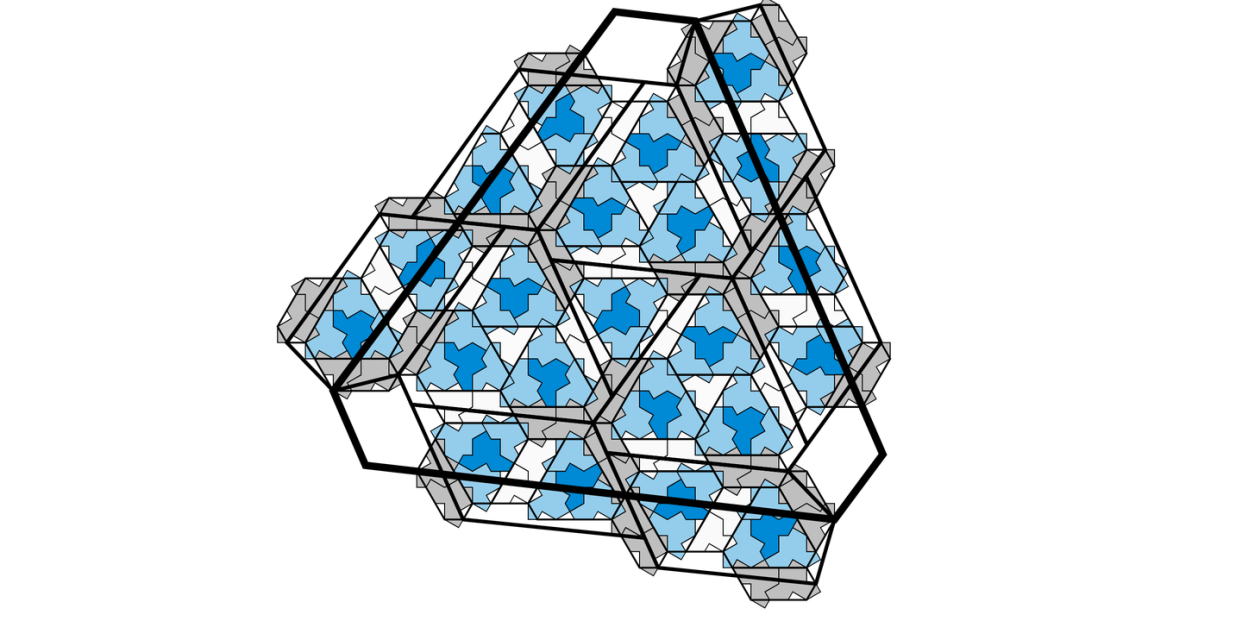Mathematicians Discovered a New 13-Sided Shape That Can Do Remarkable Things

"Hearst Magazines and Yahoo may earn commission or revenue on some items through these links."
A group of computer scientists discovered the first true "einstein" shape.
The shape comes with 13 sides and can cover a plane without ever repeating.
The find has applications in material science.
Computer scientists found the holy grail of tiles. They call it the "einstein," one shape that alone can cover a plane without ever repeating a pattern.
And all it takes for this special shape is 13 sides.
In the world of mathematics, an "aperiodic monotile"—also known as an einstein based off a German phrase for one stone—is a shape that can tile a plane, but never repeat.
"In this paper we present the first true aperiodic monotile, a shape that forces aperiodicity through geometry alone, with no additional constrains applied via matching conditions," writes Craig Kaplan, a computer science professor from the University of Waterloo and one of the four authors of the paper. "We prove that this shape, a polykite that we call 'the hat,' must assemble into tilings based on a substitution system."
"You're literally looking for like a one-in-a-million thing," Chaim Goodman-Strauss, a University of Arkansas professor and member of the team, tells New Scientist. "You filter out the 999,999 of the boring ones, then you've got something that's weird, and then that's worth further exploration. And then by hand you start examining them and try to understand them and start to pull out the structure."
The history of the aperiodic tile has never had a breakthrough like this one. The first aperiodic sets had over 20,000 tiles, Kaplan tweets. "Subsequent research lowered that number, to sets of size 92, then six, and then two in the form of the famous Penrose tiles." But those Penrose tiles were from 1974.
In a new paper, David Smith, Joseph Myers, Chaim Goodman-Strauss and I prove that a polykite that we call "the hat" is an aperiodic monotile, AKA an einstein. We finally got down to 1! https://t.co/UnZETptgqZ 4/6 pic.twitter.com/debT8AcIYV
— Craig S. Kaplan (@cs_kaplan) March 21, 2023
"Since then," Kaplan writes, "others have constructed sets of size two, but nobody could find an 'einstein,' a single shape that tiles the plane aperiodically. Could such a shape even exist?"
It does now.
The team proved the nature of the shape through computer coding, and in a fascinating aside, the shape doesn't lose its aperiodic nature even when the length of sides changes.
"We finally," Kaplan says, "got down to one!"
It's time for that bathroom remodel.
You Might Also Like
